Life never prepares you for the hardest challenge of your life.
As a 22-year-old, I never expected that moment to come so early in my life when I got diagnosed with Polyarteritis Nodosa, a form of Vasculitis.
Let’s rewind to the beginning of my journey with an autoimmune illness. It all started in April 2017 when I started to notice things that were not normal.
The first warning sign occurred with my right eye. I felt a tiny bump on my eyelid, which my doctor and ophthalmologist thought was an eye stye at the time.
After some medications given and home remedies, it did not go away so at that point, it definitely wasn’t a simple eye stye.
After a few months, my eye started to bulge out a little but it was definitely more and more noticeable as time went by.
There were other symptoms I had that were different than what I had ever experienced like ankle swelling to the point where I couldn’t wear shoes because my foot didn’t fit.
I also had a burning sensation that traveled up my legs, and bruise-like spots began to appear on my lower extremities as well as cysts.
There was also a couple of occasions where I almost passed out.
As I experienced all these weird symptoms, I just knew there was something really wrong but it was not easy getting answers from doctors.
My primary doctor at the time was doing all kinds of labs to find answers and I got referred to many different specialists from rheumatologists, ophthalmologists and pediatrics.
During the months of May through November, there were a lot of doctors’ visits and so many tests but all of the doctors would just give up because they had never seen anything like it.
Doctors would recommend me to go to the emergency room but, unfortunately, all of the hospitals I went to would be just as confused and would send me right back home.
After reaching out to so many medical professionals and having no answers I felt so desperate because I was at a point where I was really confused and scared of what was wrong with me.
That was my life for seven months while still trying to finish school but it was impossible to do well in school when I didn’t feel like myself.
November came and my symptoms were just getting worse.
At this point, the critical point came as I got a black spot on one of my toes that caused so much pain to the point where I couldn’t walk.
It was a pain that traveled up my leg.
When the pain became really bad, I had no option but to go to the ER where they thought I had an ingrown toenail, but, after an examination, they decided to just numb my toe because they did not want to take the risk and make things worse since they didn’t have a diagnosis.
They had me sitting in the hallway in excruciating pain while a doctor inserted a big needle in my toe to numb it.
The next day, Nov. 13, the anesthesia wore out and I was getting through the pain with Norco that was prescribed.
On Nov. 14, I returned to the same hospital and they decided to remove my toenail which required anesthesia, so the pain disappeared once again.
Nov. 15, 2017, was just the start of my journey.
After the medications wore off again, the excruciating pain came back and I was rushed to UCLA Ronald Reagan by my mother.
As soon as I registered, I was rushed to a room where they plugged me to so many machines and I was given morphine.
At that moment, everything was happening so fast. I got asked to explain my symptoms so many times as many doctors came in. They started to take so many tests and scans.
The doctors then decided they had to keep me in.
I got admitted.
I stayed in the hospital for 10 days which consisted of me seeing 11 different specialists, getting woken up at 5 a.m. every morning to get labs done, many scans, a skin biopsy and an eyelid biopsy which led the doctors to an answer.
On Nov. 20, 2017, my rheumatology care team came into my room to tell me the biopsies’ results led them to a diagnosis.
Weirdly, I was excited to finally know what I had.
I got diagnosed with a very rare form of Vasculitis, Polyarteritis Nodosa (PAN). To this day, there is no known cause of why I got this illness.
When doctors explained it to me, I was so confused but basically it is inflammation in the blood vessels.
PAN affects things such as the nerves, heart, joints and intestinal tract but it can also cause damage to other organs.
Doctors never wanted to scare me but I knew I was at the risk of having my toe amputated or of any other organ failure.
The doctors then informed me of the treatment plan that I was required to get: I had to get chemotherapy infusions and be put on prednisone (steroids).
When I heard I had to get chemotherapy, I got sad. I had known of people getting chemotherapy but for cancer. I had known it causes hair loss along with so many other symptoms.
The doctors began to explain what the side effects were going to be and I was just shocked and I wanted all of it to be a dream.
My first infusion was the next day at the hospital. I was nervous as I did not know what to expect but when receiving chemo, there are pre-medications given to avoid having bad side effects after.
A nurse came into my room with balloons for emotional support. I do not remember her name but I will always remember her act of kindness.
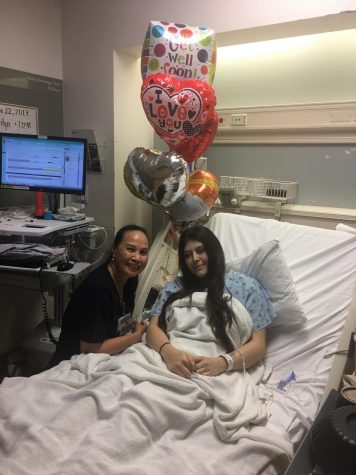
After I got discharged from the hospital on Nov. 24, 2017, I knew my life was never going to be the same.
I now had to adapt to a new lifestyle most 22-year-olds do not experience.
Instead of going to school, working or going out with friends, I now had the responsibility to follow the doctor’s treatment instructions and continue with my chemo infusions.
Not to mention I would search about my illness and would get scared at what I found on Google and other’s stories with my same illness.
There were some very scary images and stories.
2018 consisted of 7 a.m. drives to the hospital once a month for my chemo infusions, which was an all-day-at-the-hospital type of thing because my infusions were eight hours long of being plugged into an IV.
April 16, 2018, was my last official chemo infusion but I was put on an oral form of chemo medication and had to continue to take prednisone, which I hated so much.
Besides all the health changes, I also went through a lot of mental health struggles.
No one prepares you for a life-changing experience like this. I went into depression and anxiety.
There was not a day in my life where I wouldn’t question, Why me? What did I do wrong?
Do I really deserve this? Am I going to die? Will I ever get through this? Am I strong enough to go through this?
With medications and the side effects, there were also a lot of physical changes that triggered my mental health more.
After many months of feeling extremely emotionally-drained, I decided I had to change how I looked at my situation.
Instead of regrets and feeling like a victim, I saw how extremely blessed I was that my illness did not get too aggressive.
I was blessed to be alive. I was blessed to be able to walk. I was blessed the treatment was working and my illness was under control. I knew there were other people not as “lucky” as I was.
Fall of 2018, I decided to pick up on school again by taking online classes.
Now here I am in May of 2020 and my illness is on remission and I have accomplished my goals, including officially transferring to CSULB.
And I couldn’t have done it without a great support system.
My mother went through this whole rollercoaster and was always there with me from when I was at the hospital, to every chemo infusion, to every doctor’s appointment.
If I had a wish granted, it would still be to not have my illness since it is something I do still worry about flaring up.
However, I do not regret what it taught me.
Thanks to my illness, I learned to appreciate and be thankful for every day. I now have a greater determination to accomplish my goals and not waste time on things that are not important.
The most important thing I learned from this life-changing experience is how important it is to value my health. Life is so fragile and we never know when something can be taken away from us, especially something as critical as our health.



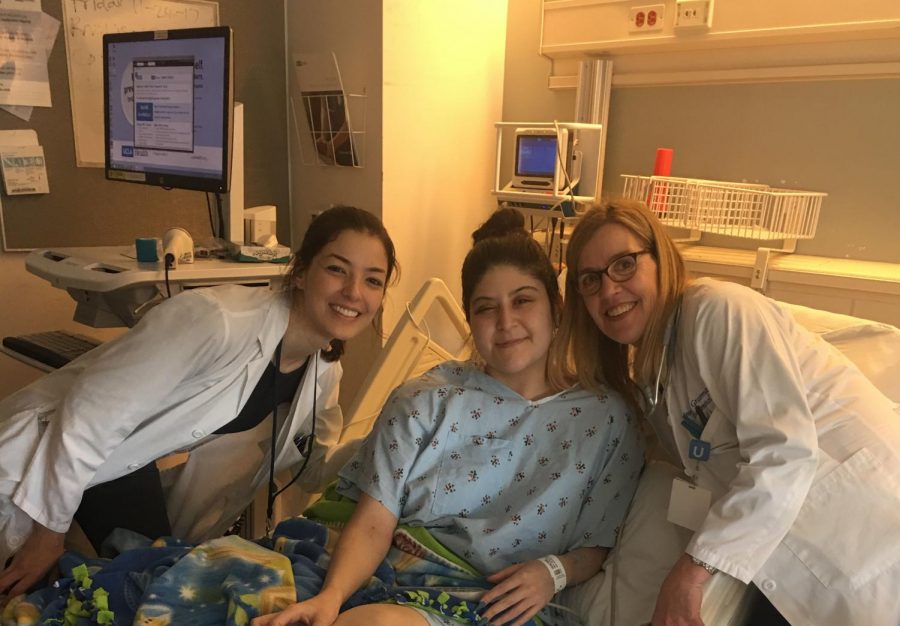

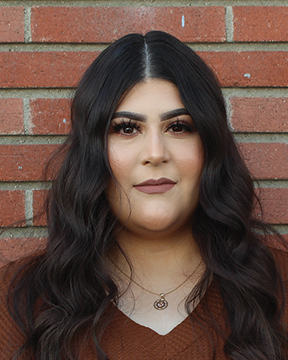

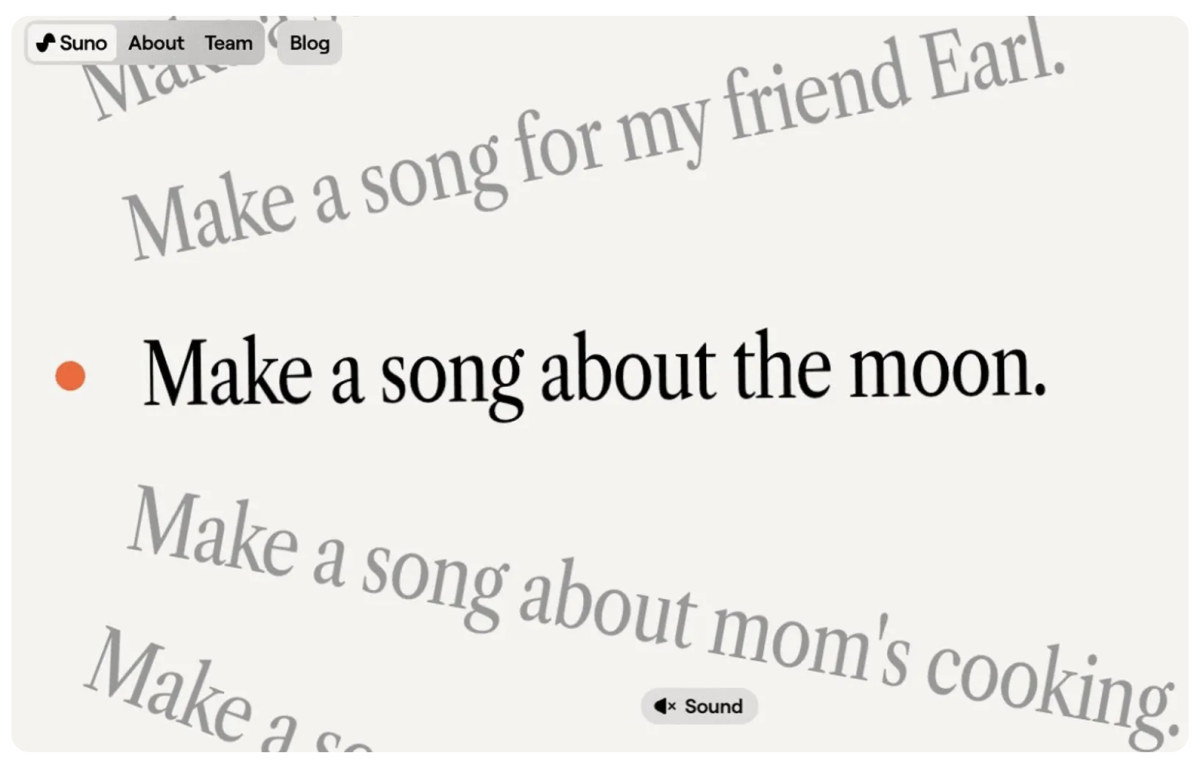

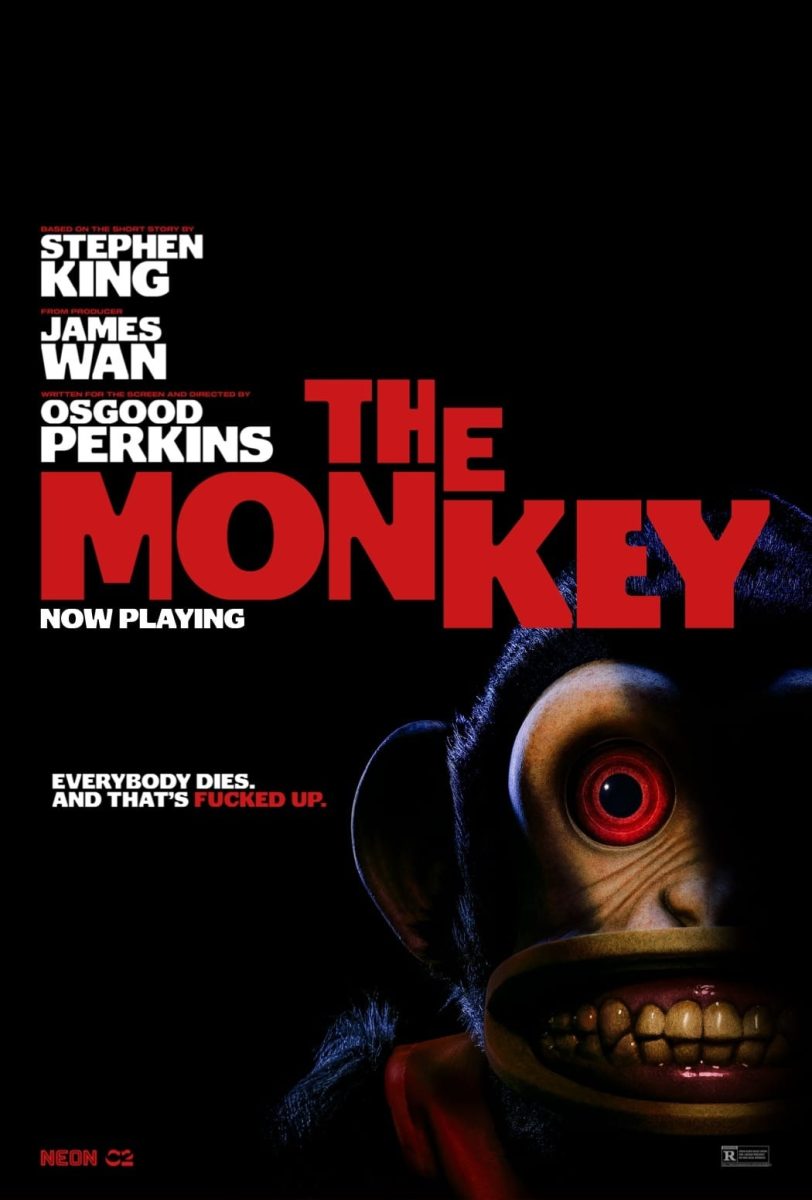
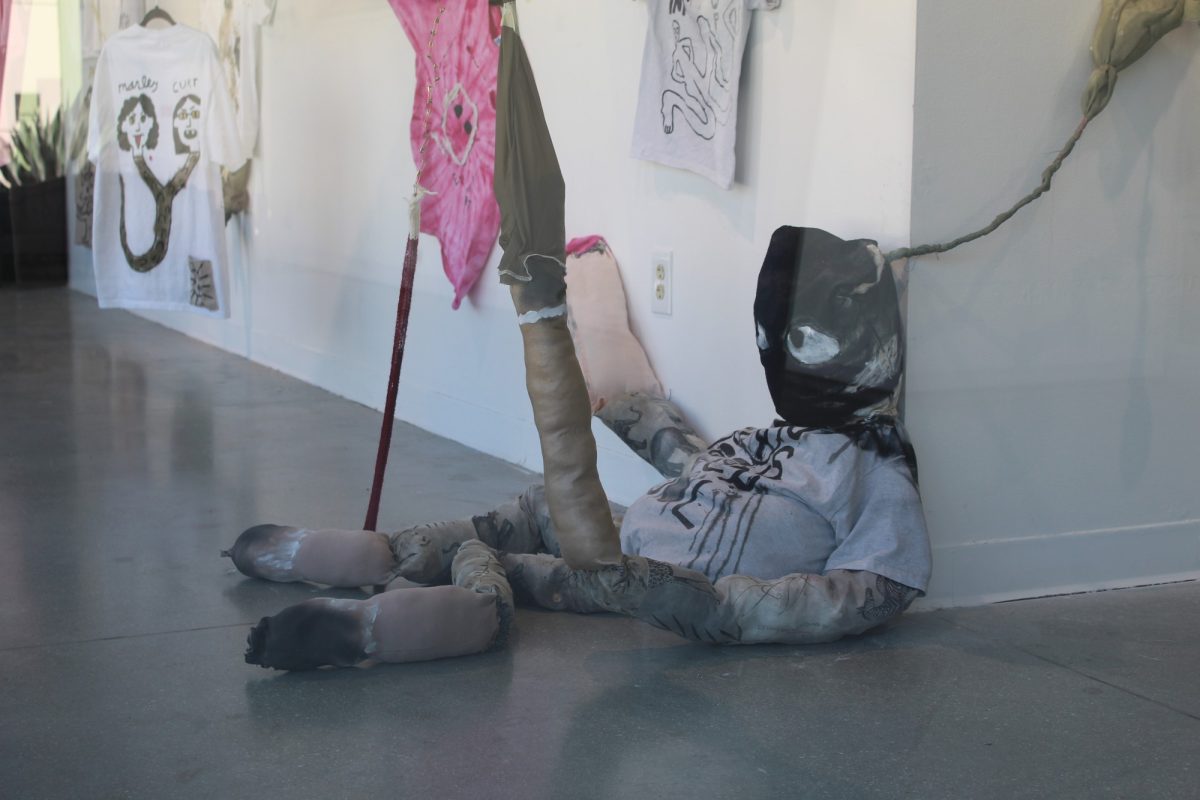
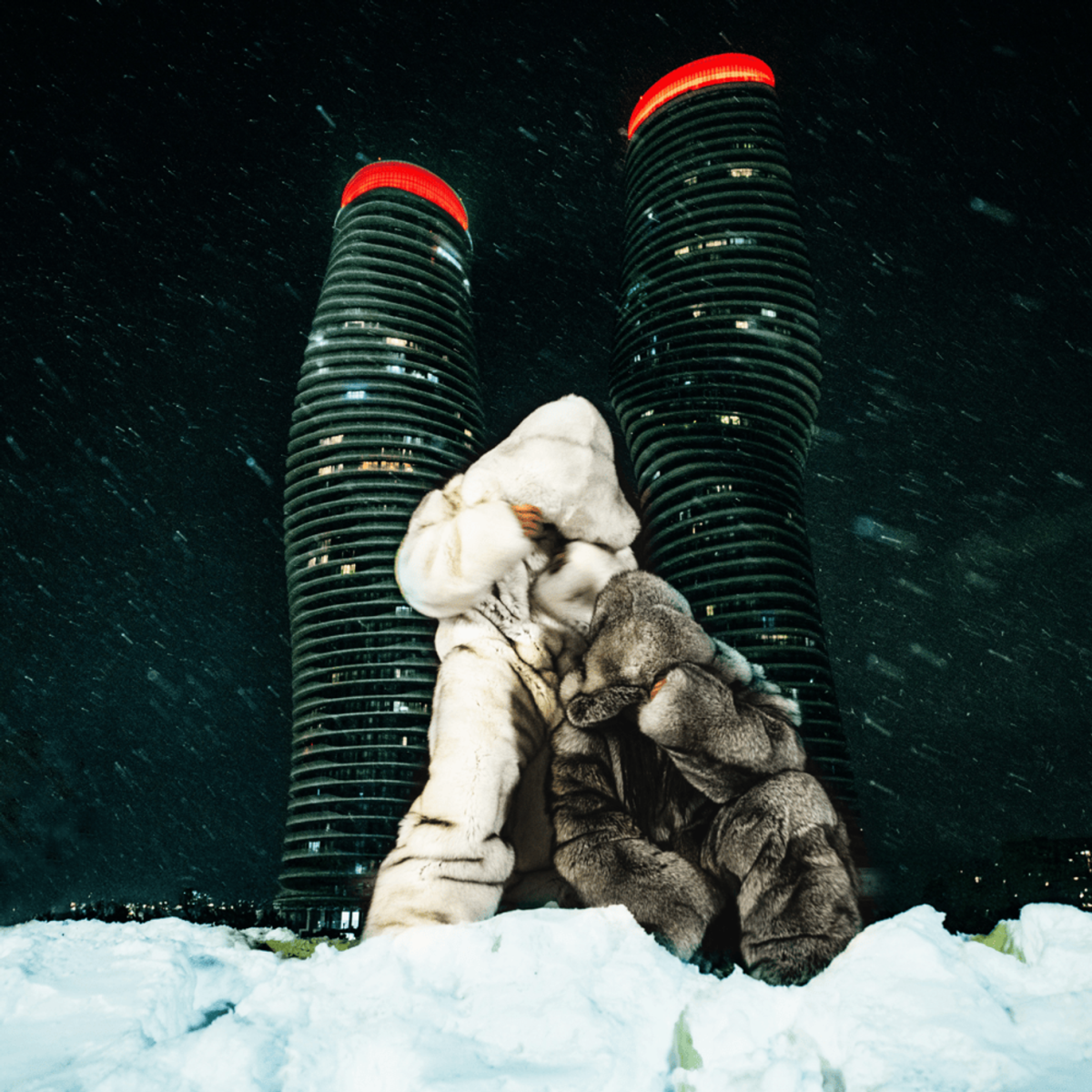
Manny • Jun 10, 2020 at 2:50 pm
What a valuable life lesson. Thank you for sharing your story and emphasizing the importance of a positive perspective. I’m glad you’re doing better and I wish you the best!